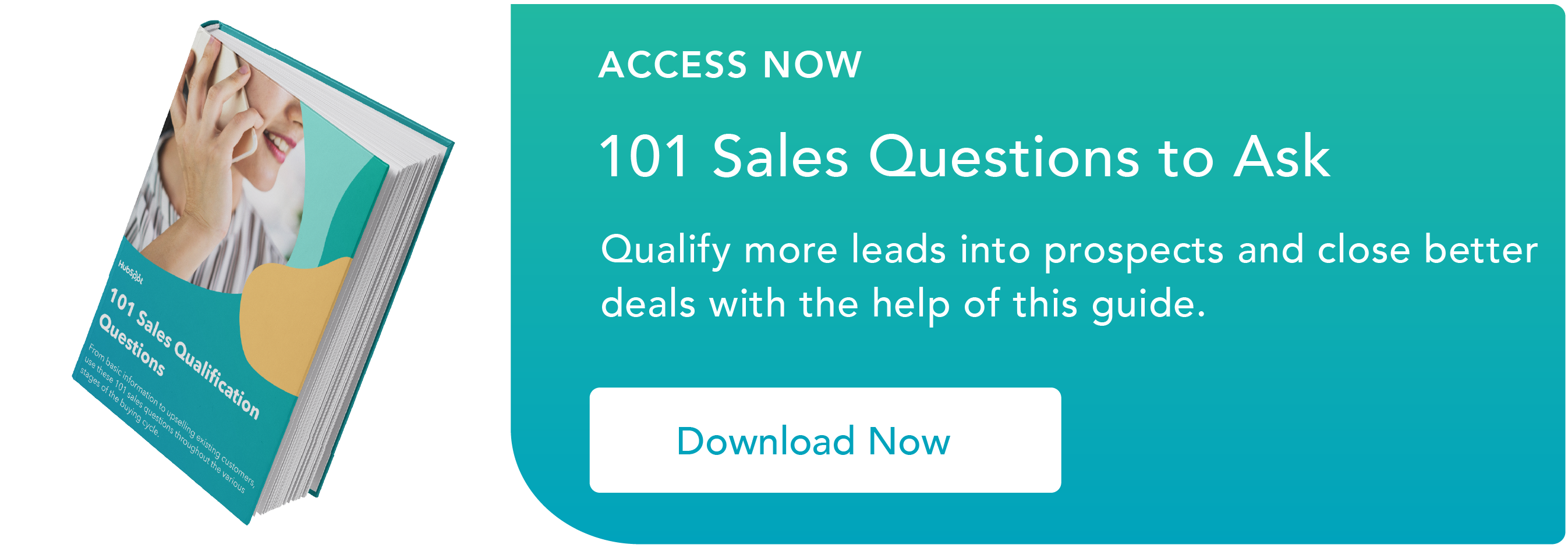So, how do you respond when a customer makes a point, raises a concern, or critiques your product/service in a way that’s fundamentally inaccurate? I’ve got a few ideas. But first, where exactly did this annoyingly idealistic phrase come from?
The Customer is Always Right
The phrase, "The customer is always right," was brought to the mainstream in the early 20th century by American-British retailer and founder of the London-based Selfridges Department Store Harry Gordon Selfridge.
Selfridge had a radical idea for the time: that shopping should be for pleasure, not just necessity. His staff were encouraged to be of help to customers while never being too pushy.
The idea of a customer-centric approach to sales was also pioneered by hotelier César Ritz, who championed the phrase, "The customer is never wrong."
Variations followed over the years, with Marshall Field, founder of Chicago-based department store Marshall Field and Company, adopting the motto, "Give the lady what she wants."
What to Do When the Customer Isn’t Right
1. Remember, miscommunication is part of a full schedule
First, smile, take a deep breath, and thank the sales gods you read the HubSpot Sales Blog. Then, remember miscommunication usually means you’re doing something right.
When you have a full schedule of client interactions, there’s going to be a message or two that falls through the cracks. What matters is how you proceed. Here are two things to try:
- Always be tweaking - Never stop looking for ways to improve your presentation. Use call reviews, check-ins, and prospect meetings to hone your message, listen to feedback, and ask how you can get better.
- Put your friends and family to work - Your presentations should be clear enough that someone with little-to-no familiarity with your company understands what you do when you’re done speaking. Take a friend to dinner if they sit through your presentation, or bring home dessert for a loved one if they listen to your latest feature pitch. Ask for honest feedback, and be prepared to put it to use.
Everyone’s different, and misunderstandings are normal -- but so is sales improvement. So, get tweaking.
2. Understand your buyer better
Customers are more demanding and more educated than ever. The good part about this is that prospects do a lot of research on your company before you jump on your first call. The bad thing about this is -- apparently -- there’s a lot of misinformation on the internet.
This means, your prospect might come to your first meeting with incorrect assumptions about your product/service. To mitigate these scenarios, it’s important to better understand your customers. You can do this a couple of ways:
- Study your buyer personas. Determine the standard questions your prospects ask, and anticipate the answers. The more familiar you are with the evolution of your buyer persona in real time, the better you can anticipate what they’ll ask next.
- Understand your prospect’s learning style. Have a few of your existing customers complete a DISC or Myers-Briggs personality assessment, and see if any patterns emerge. These help you understand whether your average prospect is an introvert, extrovert, or ambivert, which can drastically alter how you sell to them.
- Determine your prospect’s sophistication level. How interested are they in digging into the details of your product/service? Would they rather you provide only a high-level overview? Specifically ask what they’d like to get from your time together, and alter your message accordingly.
When you get to know your customer better, it’s easier to understand their concerns and even their misunderstandings. Make this part of your weekly or monthly workflow and never miss a beat with your prospects.
3. Practice active listening
During every call or meeting you host, periodically stop and review what you’ve heard. Simply ask, “What I’m hearing is that you’re happy with service X and offer Y, but you’re worried the monthly cost will still be too high. Is that correct?”
This ensures you’re on the same page before steamrolling ahead. If your prospect answers, “Actually, our reservations stem from a different area …” you can clarify and correct any misconceptions before they become a misunderstanding.
Don’t save questions for the end. If you run over time, you’ll lose that opportunity to clear up prospect confusion. By saving questions, you also risk the prospect harboring a misunderstanding throughout your whole presentation, clouding their judgement and your message.
Stop every five minutes, and field questions before moving on. And reward every question you receive. A simple, “That’s a great question,” or “Thanks so much for bringing that up,” will set participants at ease and encourage conversation.
Finally, before you begin each meeting, ask everyone in attendance what their goals are for the time allotted. You will have already had this conversation with your champion, but it’s important for you to read the room, gain understanding of what each person is interested in, and set expectations ahead of time.
4. Avoid negative power statements
Conflict with a prospect isn’t conducive to winning deals. When faced with aggressive questioning or accusatory statements, avoid negative power statements that only serve to drag you down.
Phrases like, “That’s wrong,” “No way,” “That’s not the way it works,” and “Who told you that?” won’t win you any friends or positively influence a deal.
Instead, if a prospect says something factually incorrect, slow down the conversation and repeat what you’ve heard, saying, “So, what I’m hearing is that you’ve heard our product doesn’t work for construction companies. Can you tell me more about that?”
Instead of immediately refuting your prospect’s understanding of the situation with data or a construction case study, you’ve ensured the customer feels heard and understood.
Once they’re finished, move the conversation forward in one of the following diplomatic ways:
- “I see how you could draw that conclusion. There’s a lot of truth in there, but there’s also a little more to the story.”
- “I hear that sometimes. Let me speak to a few of those concerns.”
- “I think you have most of it, but there are some gaps I should fill in.”
- “That’s how it worked before, but as of [month and year], we’ve made some improvements.”
The key to disagreeing without killing a deal are threefold. First, be able to differentiate between facts and opinion. To do this well, you must know your product/service better than the back of your hand.
Don’t have the facts necessary to contradict a prospect in the meeting? Say, “That’s interesting. Let me talk to our team and get back to you with some answers.”
Second, respect everyone’s experience and perspective. It’s easy to feel indignant or write your prospect off as arrogant. Instead, respect the fact they’ve come to this conclusion in a thoughtful way, and understand it’s your job to address their concerns -- which brings us to the final part.
Take responsibility for explaining the correct answer clearly. It’s likely not your fault your prospect is misinformed. But it is your responsibility to clear things up, and leave the prospect with a positive impression of you, your company, and your product/service. Use these tips to do that and do it well.
Personal Selling


